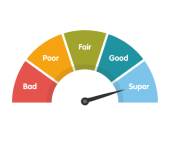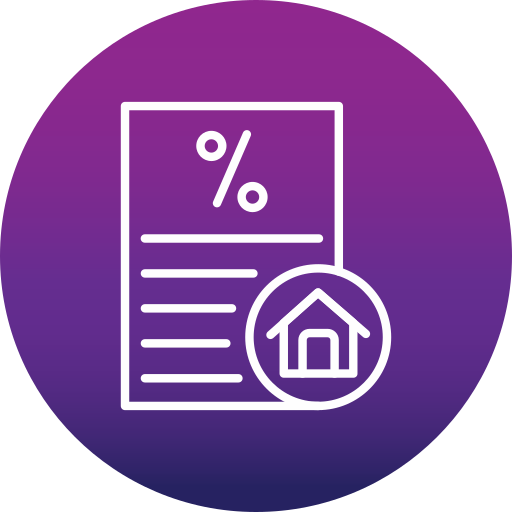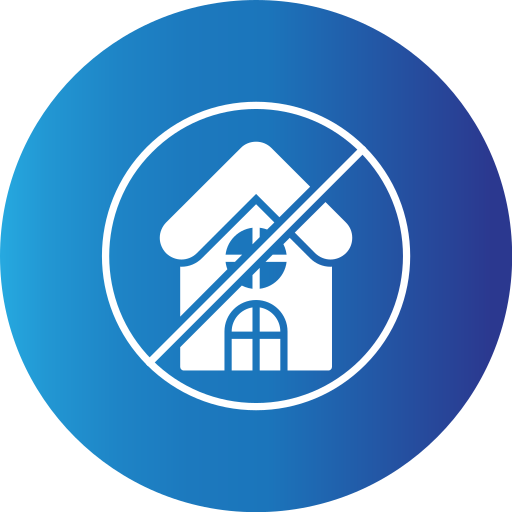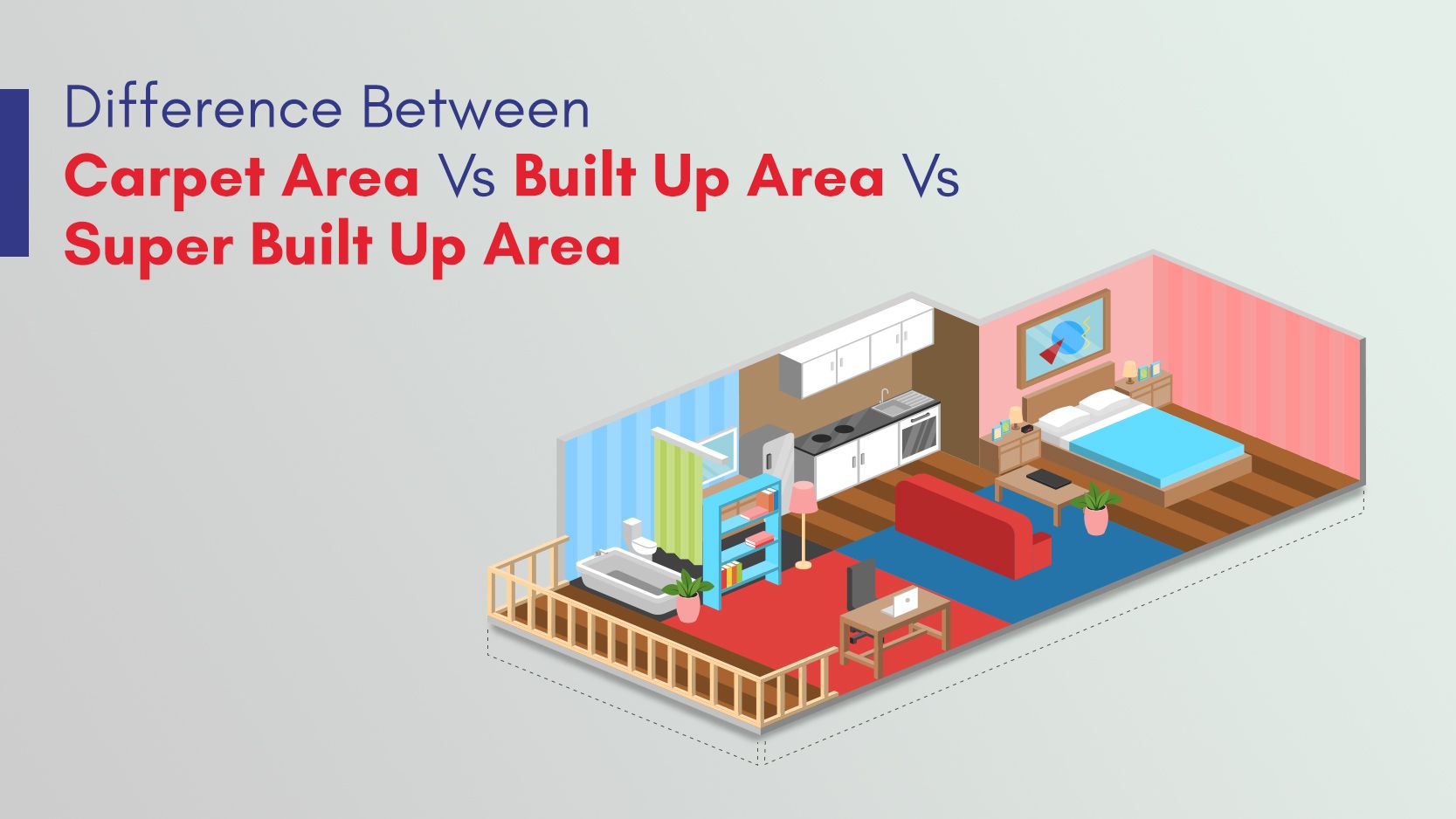Special Offers




Special Offers




19-Apr-2024 | Home Loan

In the world of real estate, especially when it comes to buying properties, there are several terms that can be confusing for buyers. Among these terms, "Carpet Area," "Built-Up Area," and "Super Built-Up Area" are particularly important as they play a significant role in determining the value, price, and usefulness of a property. Having a clear understanding of these terms is essential for making informed decisions in real estate transactions.
When you're in the process of purchasing a property or considering taking out a home loan, these terms can often be overlooked. However, they can have a substantial impact on pricing considerations. Therefore, it's crucial to decode these terms and understand their implications before finalising any property-related decisions.
Let's delve deeper into the distinctions between Carpet Area, Built-Up Area, and Super Built-Up Area to demystify their significance.
Carpet Area: Carpet Area represents the actual usable area within the walls of a property, excluding common areas, walls, and shafts. It is the space where one can lay a carpet and is typically measured in square feet or square metres. This area encompasses rooms, balconies, and verandas, offering an accurate measure of the floor space available for occupancy. Carpet Area directly impacts the livability and functionality of a property, as it defines the space available for furniture placement, movement, and personal use.
Built-Up Area: Built-Up Area extends beyond the Carpet Area to include additional spaces such as walls, corridors, and ducts. It comprises the total area covered by the walls and other structural elements of a building. In essence, Built-Up Area encompasses both the usable area (Carpet Area) and the space occupied by essential structural components. This metric is crucial for assessing the structural footprint of a property and determining its overall size. However, Built-Up Area does not account for common areas or amenities shared among multiple units.
Super Built-Up Area: Super Built-Up Area is the most comprehensive measure, encapsulating not only the Built-Up Area but also a proportionate share of common spaces, amenities, and facilities within a residential complex or building. It includes common areas such as lobbies, staircases, elevators, clubhouses, parking lots, and gardens, which are shared by all residents. Super Built-Up Area provides a holistic view of the total space a buyer invests in, including both personal living space and shared amenities. Developers often use this metric to calculate the cost of a property, incorporating the expenses associated with common facilities into the overall pricing structure.
Understanding the disparities between Carpet Area, Built-Up Area, and Super Built-Up Area is essential for prospective buyers. . Each metric offers unique insights into the spatial configuration and utility of a property, influencing its valuation and usability.
Carpet Area directly correlates with the liveable space available within a property, reflecting the actual area that occupants can utilise for various activities.
Built-Up Area encompasses both the usable space and the structural components of a building, providing a comprehensive view of the property's size but excluding common areas.
Super Built-Up Area incorporates shared amenities and facilities, offering a holistic perspective on the total space invested in, including personal living space and communal areas.
Carpet Area serves as a primary factor in determining the value of a property, as it represents the core living space accessible to the occupants.
Built-Up Area contributes to the pricing structure by accounting for the structural footprint of the property, influencing construction costs and resale values.
Super Built-Up Area affects pricing significantly, as it includes not only the personal living space but also the cost of shared amenities and facilities, impacting the overall affordability and perceived value of the property.
Carpet Area provides clarity regarding the actual space available to occupants, facilitating transparent transactions and ensuring fairness in pricing.
Built-Up Area offers insights into the structural aspects of a property but may overlook shared facilities, leading to discrepancies in pricing and valuation.
Super Built-Up Area, while comprehensive, can sometimes be misleading if not accurately defined, potentially inflating the perceived value of a property without commensurate benefits.
When evaluating properties based on Carpet Area, Built-Up Area, and Super Built-Up Area, it is essential to consider the following practical considerations and recommendations:
Clarify Definitions: Seek clarification from developers or sellers regarding the definitions and measurements of Carpet Area, Built-Up Area, and Super Built-Up Area to ensure transparency and avoid misunderstandings.
Evaluate Utility: Prioritise the usability of the Carpet Area, as it directly impacts the livability and functionality of the property, focusing on personal preferences and lifestyle requirements.
Assess Value Proposition: Compare properties based on their Super Built-Up Area to assess the value proposition in terms of shared amenities and facilities, considering the significance of communal spaces in enhancing quality of life.
Negotiate Fairly: Negotiate pricing based on the actual usable space (Carpet Area) and the value-added features (Super Built-Up Area), ensuring fairness and transparency in real estate transactions.
Navigating the intricacies of Carpet Area, Built-Up Area, and Super Built-Up Area in the context of home loans entails several critical considerations for borrowers:
Understand how lenders assess loan eligibility based on Carpet Area and ensure that the chosen property meets the minimum criteria to qualify for financing.
Evaluate the impact of Built-Up Area and Super Built-Up Area on loan eligibility, considering their implications for property valuation and affordability.
Calculate the total cost of the property, taking into account not only the Carpet Area but also the Built-Up Area and Super Built-Up Area, along with associated expenses such as registration fees, stamp duty, and maintenance charges.
Assess the affordability of the home loan by analysing the monthly repayment obligations relative to income levels and financial commitments, ensuring sustainable debt management over the loan tenure.
Consider the value proposition offered by properties based on their Carpet Area, Built-Up Area, and Super Built-Up Area, weighing the benefits of personal living space against shared amenities and facilities.
Evaluate the long-term appreciation potential of the property, factoring in its location, quality of construction, and market dynamics, to make an informed investment decision aligned with financial goals.
Verify the accuracy of Carpet Area, Built-Up Area, and Super Built-Up Area measurements through independent assessment or consultation with real estate professionals to mitigate the risk of discrepancies in property documentation.
Conduct thorough due diligence on the property's legal status, title deeds, and regulatory compliance to ensure a smooth and hassle-free loan approval process, minimising the potential for legal or financial complications down the line.
In the realm of home loans, the distinctions between Carpet Area, Built-Up Area, and Super Built-Up Area assume paramount importance, shaping the borrowing capacity, affordability, and value proposition of properties. By understanding the implications of these metrics and incorporating them into their decision-making process, borrowers can navigate the complexities of real estate financing with confidence and prudence.
As borrowers embark on their homeownership journey, armed with knowledge and foresight, they can leverage the nuances of Carpet Area, Built-Up Area, and Super Built-Up Area to make informed choices that align with their aspirations and financial well-being. Ultimately, by unravelling the enigma surrounding these terms and their relationship with home loans, individuals can unlock the door to their dream homes while safeguarding their financial interests for the future.